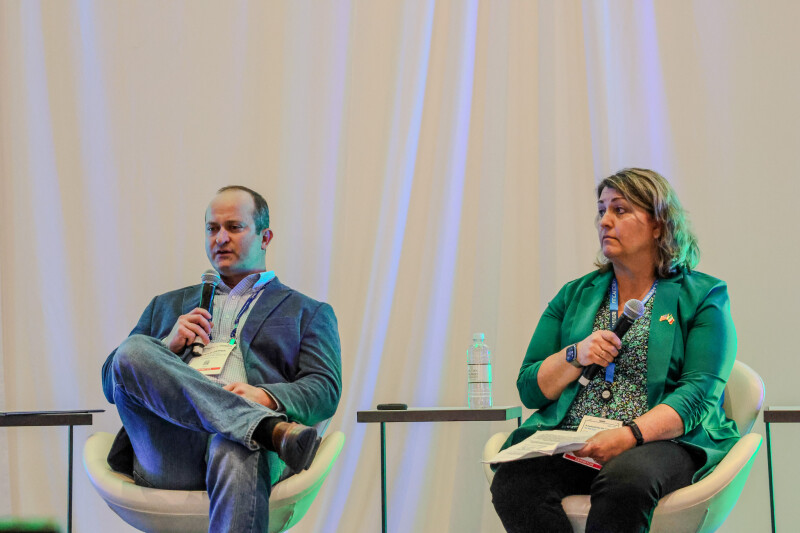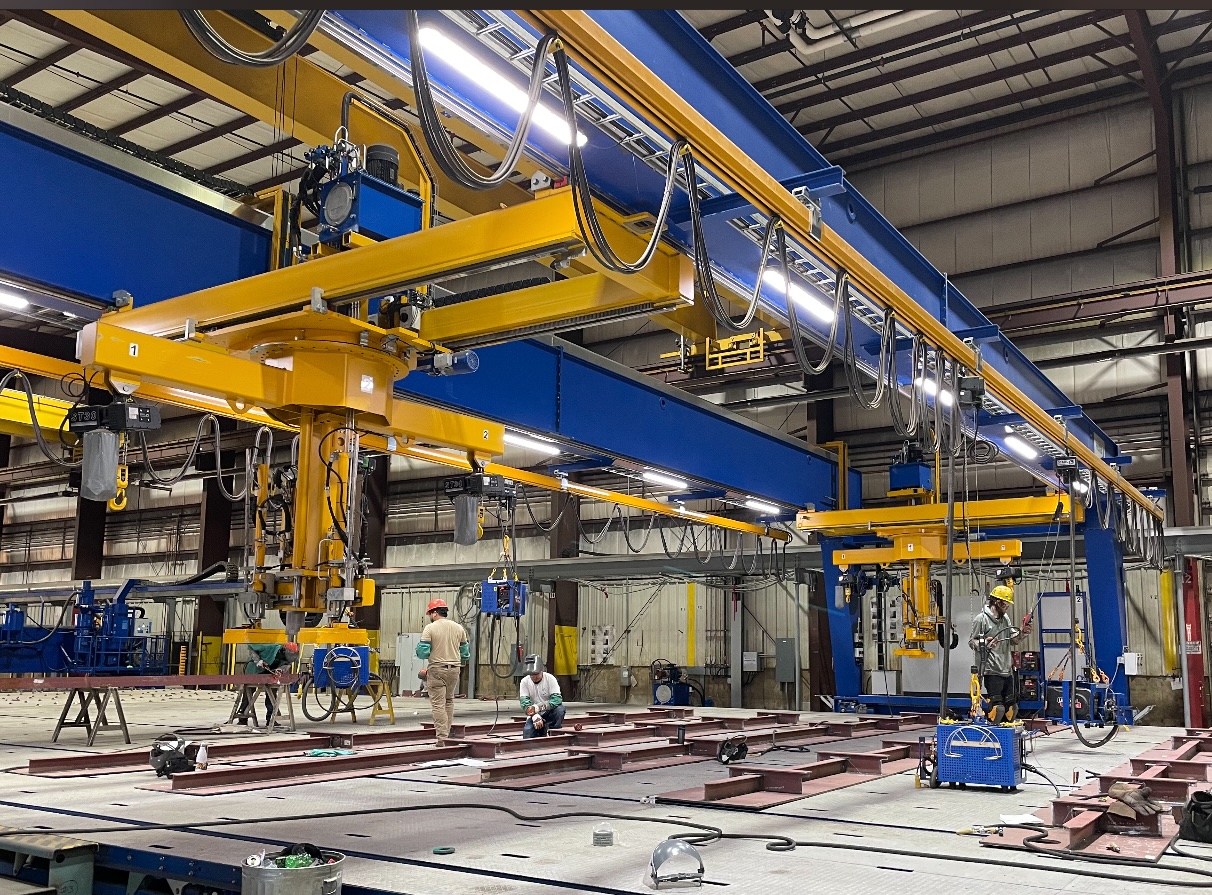There’s a healthy amount of building contracts, both commercial and government, under construction or in the contract phase, to bring smiles to the faces of shipyard owners across the U.S. Two companies that are taking advantage of those opportunities are Eastern Shipbuilding Group, Panama City, Fla., and Fincantieri’s two Wisconsin yards — Bay Ship, Sturgeon Bay, and Marinette Marine, Marinette.
Officials from these two yards participated in a conference session entitled “Executive Insights: U.S. Shipyard Market Trends (Large)” on the first day of the 44th Annual International WorkBoat Show in New Orleans.
This summer Eastern Shipbuilding was awarded a contract to build four new 84'x42'x14' ship assist/escort tugs for Saltchuk Marine, Seattle. The vessels will be built at ESGs Allanton and Port St. Joe facilities, with delivery expected in 2026. The tugs were designed by Robert Allan Ltd., Vancouver, British Columbia, with 18'7" drafts and accommodations for eight. On the government side, the shipyard is building a series of 360'x54', Heritage-class offshore patrol cutters (OPC) for the Coast Guard, the first of which will be delivered next year. These are just two of Eastern’s contracts, part of a healthy backlog.

“It’s a pretty good time to be a shipbuilder,” Joey D’Isernia, Eastern’s chairman and CEO, told the audience. “We’ve grown our backlog commercially, and we have no shortage of government work.”
Bay Ship will build an HAV Design 288.7'x57.7' newbuild service operation vessel (SOV) for Crest, a Crowley and ESVAGT U.S. joint venture. The SOV will work on the Coastal Virginia Offshore Wind project. The ABS-class vessel will carry 20 crew and 60 special personnel and will be U.S. flag. The ship will go into service in 2026.
At Marinette Marine, shipyard workers are building six 496'x64.6' Constellation-class frigates for the U.S. Navy. The contract for the lead frigate and nine options, signed in 2020, has a cumulative value of $5.5 billion, including post-delivery availability support and crew training. Construction on the first frigate, the future USS Constellation, is currently ongoing at the newly revamped shipyard. Fincantieri’s shipyards also have healthy backlogs.
“We do see growth in the Navy business, and we’re very strong in repair,” said Jan Allman, Fincantieri’s vice president and general manager. “We’re able to maintain and sustain growth across all three shipyards (including Fincantieri Marine Repair, Jacksonville, Fla.)”
The fly in the ointment is the workforce shortage. The marine industry is not normally associated with jobs considered to be “cool” — like those in computer science, entertainment, IT, and sports. “People is the limiting factor,” said D’Isernia.
It’s becoming more important for the marine industry to reach school-age children sooner rather than later. In October, Eastern announced the launch of its second annual Coastline Initiative, a competition aimed at encouraging local students to design artificial reefs for coastline restoration. The initiative is in collaboration with the Bay County Artificial Reef Association (BCARA) and the University of Florida IFAS Extension, emphasizing environmental preservation while promoting welding and engineering skills among participants.
The competition encourages students to be creative while emphasizing the importance of artificial reefs in ecosystem restoration. Participants gain practical experience in welding and marine engineering, learning to apply their skills in support of sustainable community development. Each reef design considers local environmental conditions to ensure a positive impact on marine habitats.
“It’s a $55 million program geared to mitigate the shortages of people and find ways to get them the materials they need to bridge the skills gap,” said D’Isernia. “We’ve had 750 net new hires” during the past year.
Fincantieri is the largest employer in both Sturgeon Bay and Marinette. “Last year was a very good year for retention,” said Allman. Many times, it’s the little things that matter.”
Allman said Fincantieri surveyed its first-year workers to record what was working and what wasn’t. “We had to make little tweaks to what we do,” she said. “One thing that workers told us they liked was when their supervisor personally greeted them.”
Perhaps the tide is turning. D’Isernia said there seems to be more young people getting into the trades. “I see a positive trend,” he said.




